-
¡Haz el terrario de plantas de tus sueños con nuestros consejos!
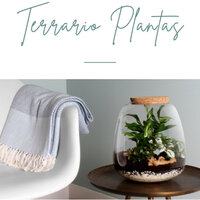
Los terrarios de plantas son ideales para las personas que viven en espacios reducidos o para quienes les gusta la jardinería. Son de bajo mantenimiento, ahorran espacio y son simplemente hermosos. Esto convierte a los jardines en botella en una gran adición para cualquier hogar. La facilidad de cuidado es una de las mayores ventajas de los terrarios, pero siempre pueden surgir algunas preguntas. La única condición: que se les dé a las plantas un buen comienzo.
Descubre por qué el terrario con plantas es el regalo perfecto para los aficionados y no aficionados.
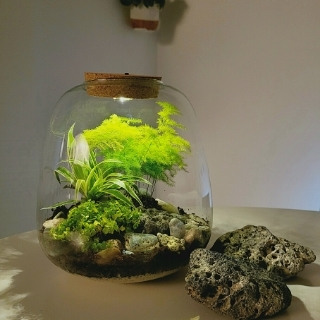
¿Cómo funciona un terrario?
Una vez preparado y decorado el terrario, la humedad y la temperatura se mantienen bastante constantes y las plantas dentro estarán protegidas de la contaminación. Un terrarium forma así su propio mini-ecosistema cerrado, un clima ideal para hacer crecer plantas.
El terrario desarrolla realmente su propio ecosistema. Al montar el terrario, la tierra está húmeda, lo que las plantas absorben. Evaporan el agua a través de sus hojas, haciendo que el cristal del terrario se empañe. Esto crea un espacio cerrado con humedad. Este proceso es bueno para las plantas, pero también gotean gotas del cristal hacia el sustrato. Esto significa que nunca tendrás que regar tu terrario.
Sin embargo, siempre es posible que se escape algo de humedad a través de la junta, así que vigila tu Terrario para asegurarte de que se mantiene húmedo. ¿Parece que el suelo está seco? Rocía un poco de agua en él con un pulverizador para plantas, o dale un chorrito de agua encima del sustrato o las piedritas (gravilla).
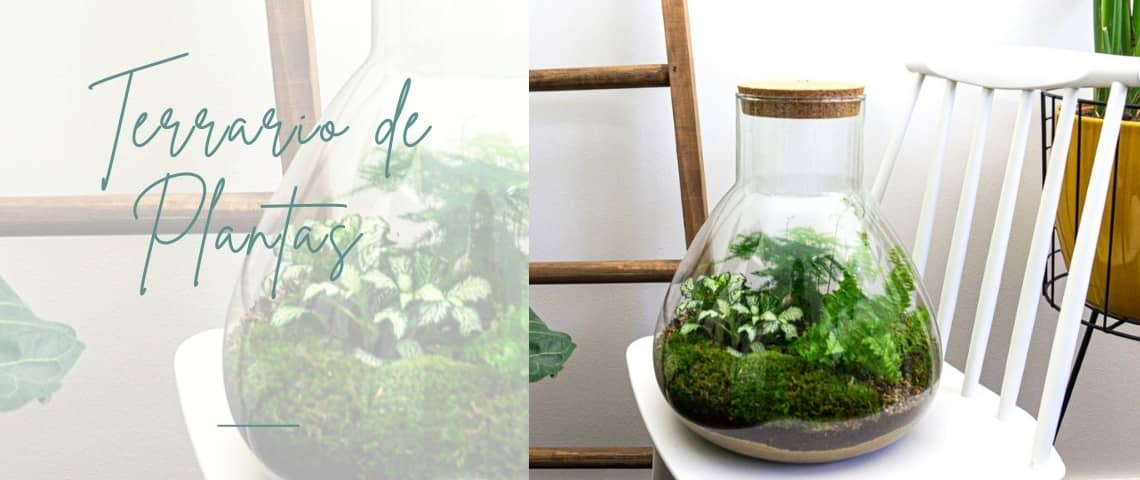
¿cómo se hace un terrario?
Cuando nos pidas un terrario, recibirás en casa todo lo necesario para montarte el jardín en botella de tus sueños:
- las piedras (drenaje)
- la tierra (nutrición)
- el terrario de cristal (el recipiente decorativo)
- una tapa de corcho (ecosistema cerrado)
- 2, 3 o 4 mini plantas
- musgo (no en todos los casos)
Incluímos unas instrucciones muy prácticas que te facilitará el montaje de tu jardín en cristal. El tiempo que necitas para montarlo varia de 30 minutos hasta una hora, así de fácil es. A lo único que hay que esperar un poco es la tierra o el sustrato, que viene seca en forma "brick". Le añades un poco de agua y así obtienes el sustrato ideal para las plantas del terrario.
¿qué plantas crecen bien en un jardín en botella?
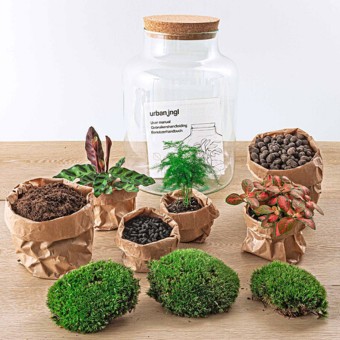
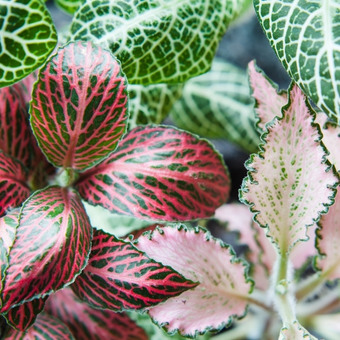
- Hypoestes
- Fittonia
- Helechos perennes
- Cinta (Chlorophytum comosum)
- Plantas de aire verde (Tillandsia)
- Espatofolio (Spathiphyllum)
- Calatheas pequeñas
- Dracaena compacta
- Esparraguera plumosa
- Mini orquídea (Phalaenopsis)
- Gynura (Caña enana)
- Pogonatherum
- Ficus rastrero (Ficus pumila)
- Ficus ginseng
- Palmera enana mexicana (Chamaedorea elegans)
- Syngonium podophyllum
- Pilea peperomioides
- Sedum sexangulare, Cherry splash, Sedum album athoum
- Leucobryum glaucum (y otros tipos de musgo)
¿cómo puedo mantener mi terrario en buen estado?
Tu terrario debe mantenerse en buen equilibrio, por lo que hay que tener en cuenta una serie de factores. Tu mini ecosistema no debe tener ni mucha ni poca agua, sino que debe mantenerse en equilibrio. Por lo tanto, es importante colocar el terrario en un lugar estable. Así que no sobre la calefacción o en algún lugar con corriente de aire. Tampoco es aconsejable colocar el terrario a pleno sol, porque entonces podría hacer mucho calor y las plantas podrían quemarse. Es bueno colocar tu terrario en un lugar con mucha luz indirecta. ¿Crees que has encontrado el punto adecuado y que está bien equilibrado? No lo muevas más para asegurarte de que se mantenga el exosistema en equilibrio.
¿Cuál es el mejor sitio para colocar mi terrario?
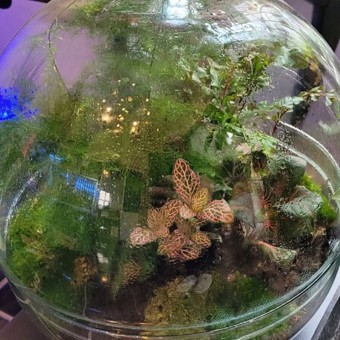
La luz adecuada es esencial para la salud de las plantas dentro del jardín eterno. Por lo tanto, coloca el terrario en un sitio con suficiente luz natural, pero nunca a la luz directa del sol ni cerca de otras fuentes de calor, como una calefacción central o focos de luces brillantes. Conviene saber: las ventanas orientadas al norte no suelen proporcionar suficiente luz. El terrario de plantas sólo es adecuado para interiores.
¿hay que regar las plantas de un terrario?
Sí, por supuesto hay que regarlas, pero no con tanta frecuencia como las típicas plantas de interior (al aire libre). Los tipos de plantas que se encuentran en los terrarios cerrados suelen ser plantas resistentes que no requieren un riego frecuente. Además, el cristal es como un pequeño invernadero y así se recicla el agua en lugar de evaporarse. Dentro del jardín eterno se crea un microclima. Si el sustrato está seco puedes regar las plantas (y el musgo) con un pulverizador o con una regadera pequeña o aceitera para una mejor dosificación (5 hasta 10 cl.).
la frecuencia de riego
Si el terrario está cerrado o tapado, puedes regarlos (de media) una vez al mes o cada dos meses. Esto variará en función de diversos factores. Los terrarios abiertos se tienen que regar cada 1-4 semanas (dependiendo del tipo de plantas). Lo mejor es siempre comprobar si la tierra o el sustrato está seco o no. Cada tipo de planta es diferente y necesita otra fecuencia de riego.
terrario cerrado o tapado
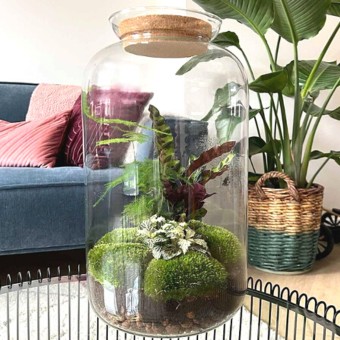
Si ves que el cristal por dentro se empapa mucho, es una indicación que el ambiente en el terrario es relativamente húmedo o muy húmedo. Si no se llega a empapar el cristal puede ser que el ambiente es algo seco. La única forma para comprobarlo es metiendo la mano hasta tocar el sustrato. Destapa el terrario uno o dos días si ves que si el cristal siempre se empapa mucho.
¿y si se está llenando demasiado?
Cuando hayas encontrado el equilibrio adecuado, tus plantas crecerán por sí solas, y probablemente también en longitud. Esto puede ser un bonito espectáculo: un terrario lleno. Pero también es posible que prefieras no tenerlo. En ese caso, no hay problema en abrir el terrario durante un tiempo para poder podar. Tal vez allí también crezcan bebés, así que puedes ponerlos en agua para que echen raíces y luego plantarlos en tierra :-)
el terrario completo diy
Diy quiere decir: do it yourself, si no te da bien el inglés en español significa hazlo tu mismo. ¿En qué consiste esto? Un terrario diy contiene todo el material necesario en un solo paquete para montar tu propio terrario completo. Los terrarios siempre contienen las mejores plantas. Cada planta tiene las caracteristicas perfectas para terrarios. Son seres vivos que les gusta la alta humedad.
la casa de los terrarios
En Valencia en el barrio de Ruzafa se encuentra nuestra tienda de terrarios, plantas y flores. Aquí podrás encontrar todo lo necesario para crear el terrario de tus sueños.
Calle Vivons 21 Bajo46006 VALENCIA
No se encontraron respuestas.